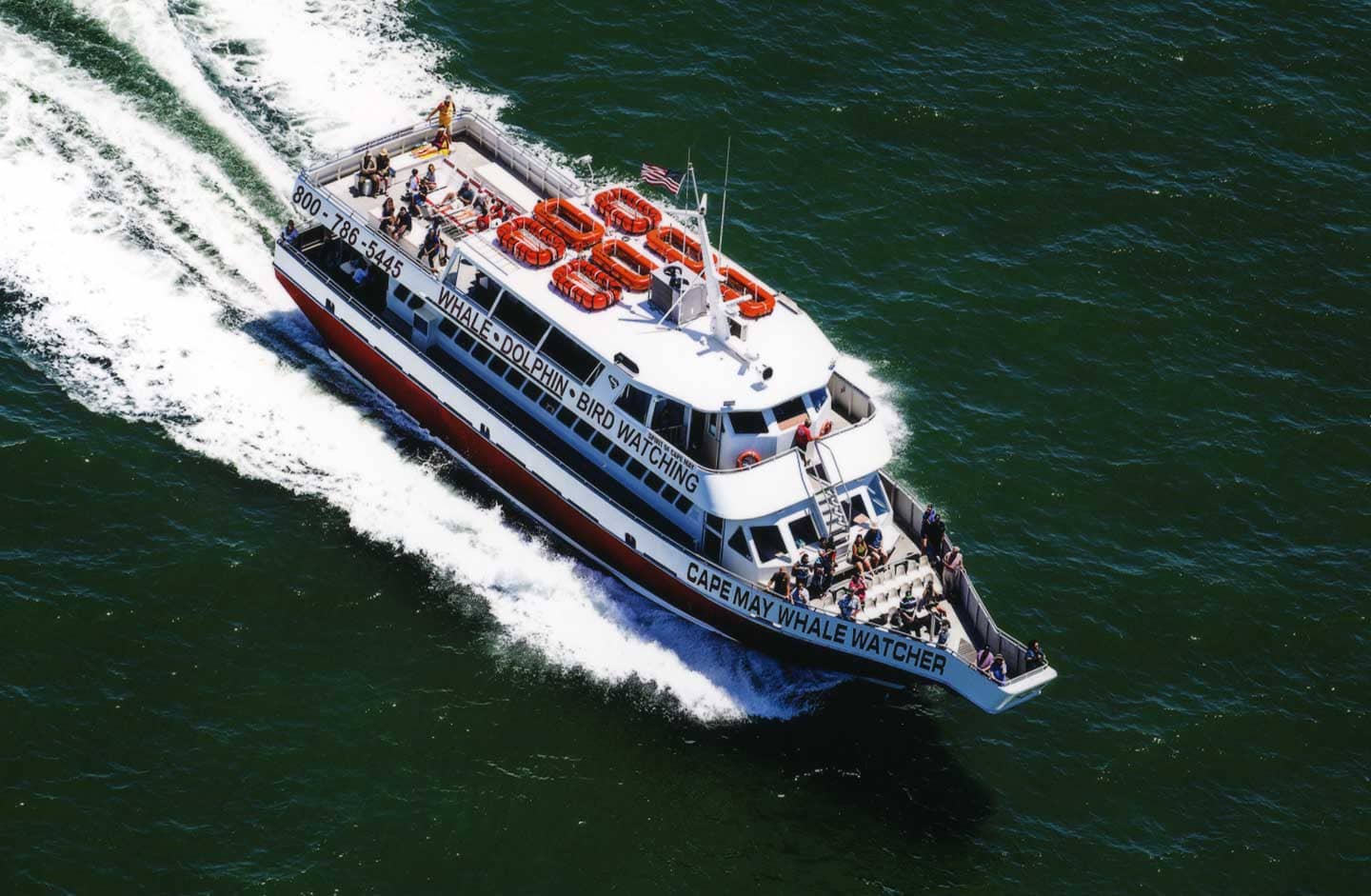Harmful Algal Blooms: Little Plants Causing Big Problems
An aerial view of Lake Okeechobee in Florida shows an algal bloom. A third of all lakes studied by the USGS contained toxins produced by similar blooms.
An aerial view of Lake Okeechobee in Florida shows an algal bloom. A third of all lakes studied by the USGS contained toxins produced by similar blooms. Photograph credit: Nicholas Aumen, USGS. Date taken 11/2/16
If you’ve spent some time at the shore--any shore-- you have likely witnessed an algal bloom, to some degree. In general, an algal bloom refers to the uncontrolled growth of algae, prompted by changes in the water conditions. Increased sunlight, nutrient input, and slack currents can all cause in increase in algae growth, and possibly lead to a bloom. There are thousands of species of algae, ranging from microscopic phytoplankton to giant kelp, though not all species are capable of blooming. Most of the algal blooms that occur are harmless, or even beneficial to the ecosystem.
There are a few species of algae, however, whose blooms can cause some serious issues. Scientists refer to these types of blooms as Harmful Algal Blooms, or HABs. When a bloom occurs, algae grows and multiplies at a much faster rate than under normal conditions. This rapid growth leads to rapid death, and the decay process uses up the oxygen in the water. If the conditions permit, the water will become anoxic, leaving fish and shellfish unable to breathe. Worse yet, there are some toxic species of algae whose large concentrations can have further detrimental effects on ecosystems, economies, and even our health.
Mixed sample of phytoplankton. Photo by Richard Kirby. https://www.smithsonianmag.com/science-nature/vanishing-marine-algae-can-be-monitored-from-a-boat-with-your-smartphone-2785190/
Algae is the base of most marine food webs, and is consumed by a variety of organisms. Certain species of microalgae contain toxins, but filter feeders like shellfish and small baitfish are unable to avoid them, especially if one of these species is in bloom. When the water is saturated with toxic algae, the filter feeders ingest and retain all those toxins. As the larger predators feed on the algae-eaters, the toxins build up in their tissues and can accumulate to dangerous levels (Check out Shelby’s “Talkin’ Trash” article for more information about bioaccumulation). This is devastating to both commercial and recreational fisheries, and potentially fatal to anything that eats the contaminated seafood.
Different algae species contain different toxins, which in turn can cause different illnesses. The most common diseases caused by consuming contaminated seafood are paralytic shellfish poisoning, amnesic shellfish poisoning, neurotoxic shellfish poisoning, diarrhetic shellfish poisoning, and ciguatera fish poisoning. Severe cases of each disease come with their own horror show of symptoms, some of which you may be able to infer from the names. Certain toxins even become airborne, and cause breathing difficulty for those nearby.
Illustration of nutrient sources of cyanobacterial harmful algal blooms. USGS image. 10/24/2016
HAB occurrences essentially depend on weather conditions, currents and other natural factors, but are exacerbated by nutrient pollution. Nitrogen and phosphorus are essential nutrients for the growth of all plants, including algae. Under normal conditions, concentrations of these nutrients are limited in the water, which in turn limits the potential growth of the algae. However, in nutrient polluted water, the nitrogen and phosphorus are no longer the limiting factor, and the algae can grow uncontrollably until another factor, such as sunlight, becomes limiting.
Nutrient pollution is a widespread issue, and is primarily caused by human activities. Fossil fuel emissions, agricultural waste, sewage treatment, and erosion are all major inputs of excess nutrients into our waterways. The polluted waterways converge, and continue to flow into larger bodies of water, where the pollution can build up and contribute to HABs. Nutrient pollution continues to rise, making waterways less resilient to algae blooms under harsh weather conditions.
We can all do our part to reduce nutrient pollution, like limiting fertilizer use in our lawns and gardens, cleaning up after our pets, and choosing phosphate-free soaps and detergents. Additionally, choosing more environmentally friendly transportation can help to reduce nitrogen emissions into the atmosphere, as well as carbon dioxide emissions--which is a whole other can of worms! For more details on how you can do your part to reduce nutrient pollution, visit the EPA website (https://www.epa.gov/nutrientpollution/what-you-can-do). Here at Cape May Whale Watcher, we do our part by properly maintaining all of our boats’ systems to ensure efficiency, and strictly adhering to all laws regarding waste disposal.
The fact remains, however, that despite all of our best efforts to be more eco-friendly, HABs will continue to affect our coasts. The National Oceanic and Atmospheric Administration (NOAA) continues to establish Ecoforecasting Hotspots throughout the country, including here in Delaware Bay. The goal is to improve ecosystem management by considering the unique properties of each ecosystem. A variety of data is considered for these ecoforecasts, ranging from fertilizer usage in surrounding areas to the natural nutrient cycle of the specific body of water. This enables better understanding and preparedness for events such as harmful algal blooms.
References:
Grattan et al. 2016. Harmful algal blooms and public health. Harmful Algae; 57(B): 2-8.
EPA. Nutrient pollution: sources and solutions. United States Environmental Protection Agency website, https://www.epa.gov/nutrientpollution/sources-and-solutions, Accessed 5/20/2019.
NOAA. NOAA ecological forecasting. National Ocean Service website, https://oceanservice.noaa.gov/ecoforecasting/, accessed on 5/20/2019.
NOAA. What is a harmful algal bloom? National Ocean Service website, https://www.noaa.gov/what-is-harmful-algal-bloom, 4/27/2016.
NOAA. Why do harmful algal blooms occur? National Ocean Service website, https://oceanservice.noaa.gov/facts/why_habs.html, 6/25/2018.





